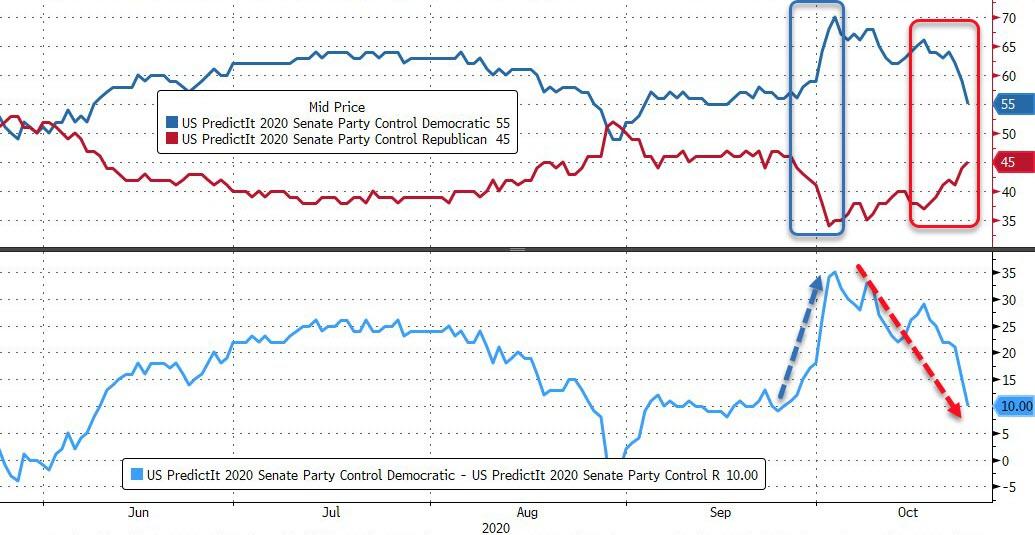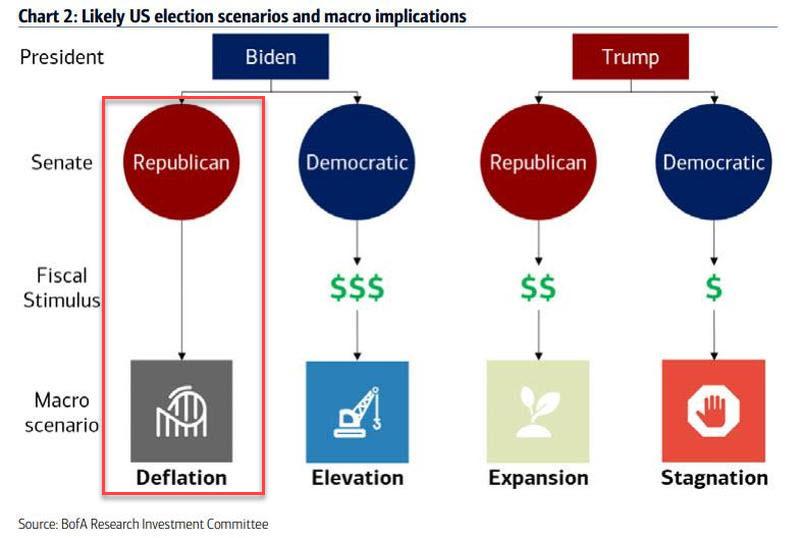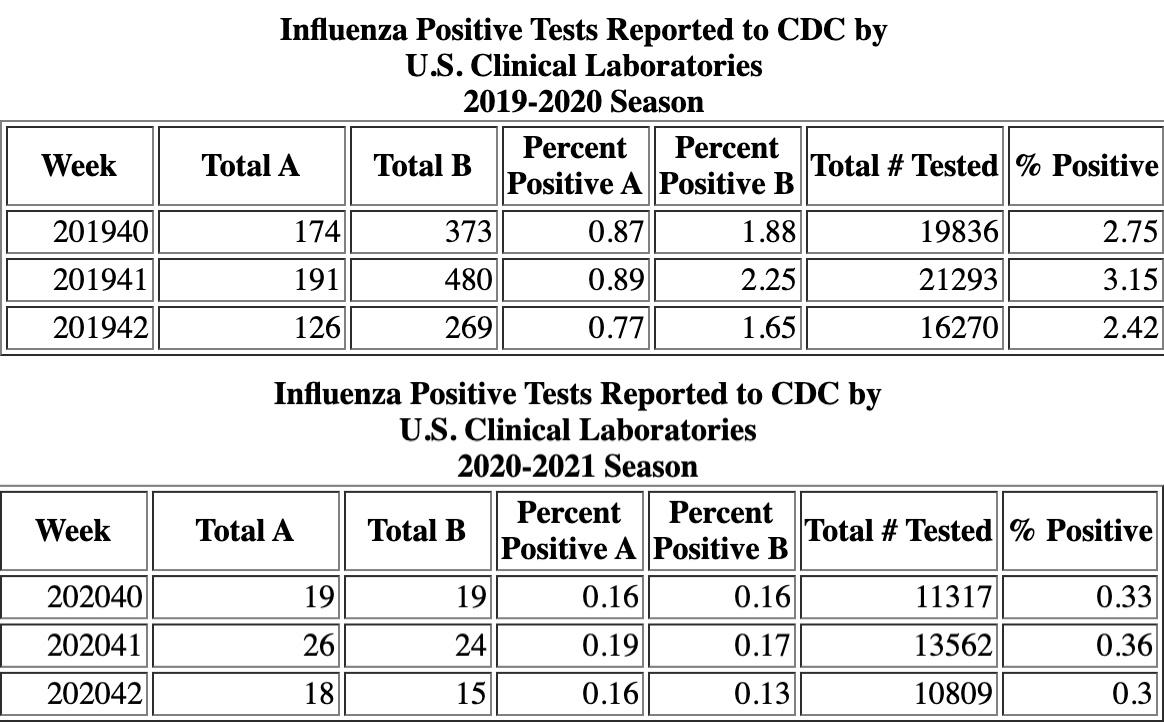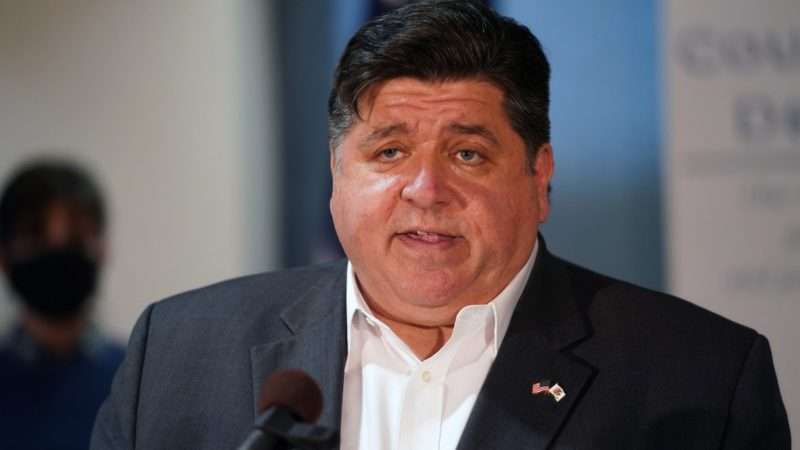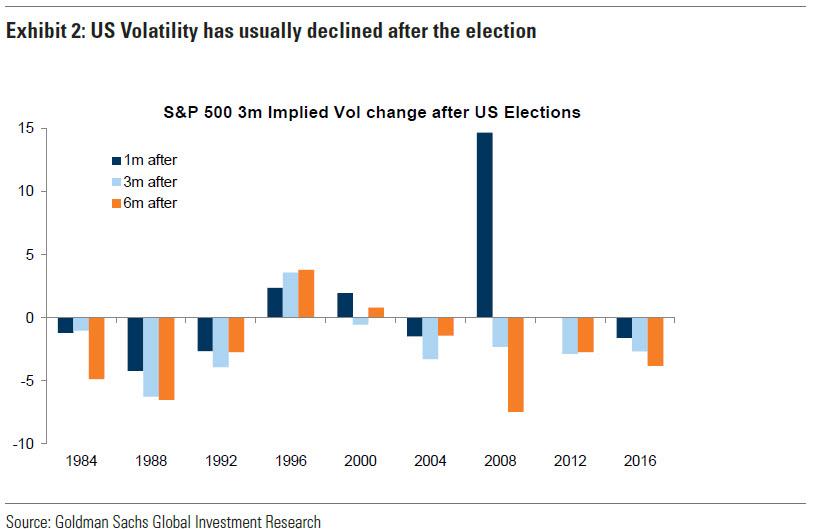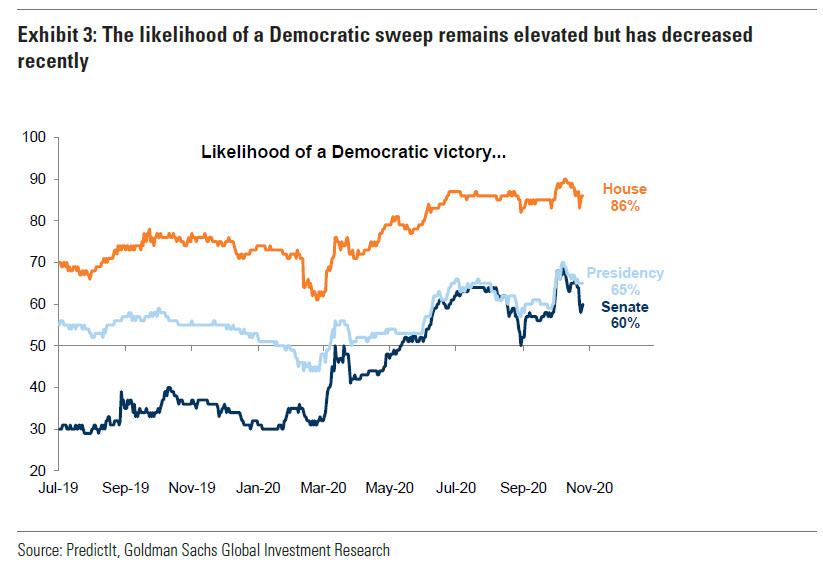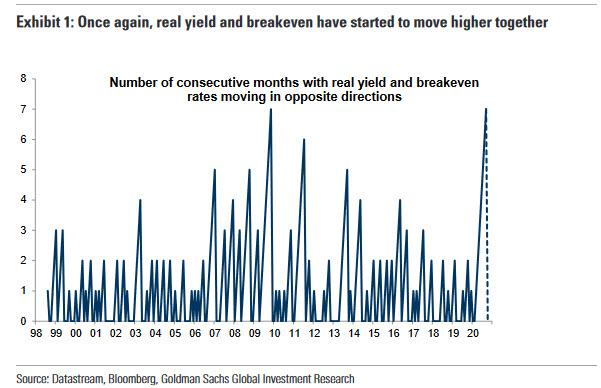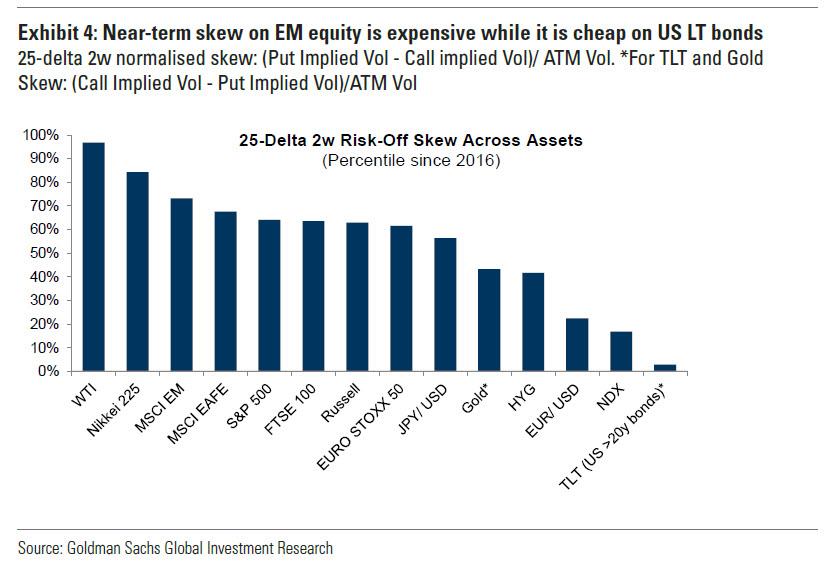During mother’s pregnancy, father did not want attend to attend mother’s prenatal doctor’s appointments because he was squeamish about doctors. Because plaintiff was interested in medicine, she wanted to attend. Mother and father agreed that plaintiff should attend mother’s prenatal visits. The parties agreed that plaintiff and father would be present for J.F.’s birth, and plaintiff would cut the umbilical cord. The parties also agreed that J.F. would call mother “mommy,” father “daddy,” and plaintiff by her first name. In a Facebook post, dated January 5, 2015, mother expressed her support for plaintiff’s help since moving in that fall and referred to her as a “parental figure.”
After J.F.’s birth, plaintiff sent out the birth announcement to friends and family. Mother went on maternity leave and cared almost exclusively for J.F. After seven weeks, mother returned to work. While mother was at work, plaintiff and father cared for J.F. At the time, father did not work, and plaintiff had transferred to another school as an online student and lived with mother and father full time.
Between father and plaintiff, plaintiff provided more of the care for J.F. When mother was at home, she exclusively cared for J.F., which included before work, after work, and during weekends and holidays. If mother was late in returning home or early in going to work, plaintiff and father would get mad at her. Plaintiff and father also accused mother of spending too much time on her phone when she cared for J.F. In June 2017, mother again expressed her support for plaintiff’s help in a Facebook post and referred to plaintiff as a “[p]art dad, part mom.” In September 2018, J.F. started preschool and mother handled all school-related matters. This reduced the amount of time father and plaintiff cared for J.F.
Around January 2019, unbeknownst to father and plaintiff, mother consulted a divorce lawyer. After finding a document from mother’s lawyer, father called mother insisting that she come home immediately. When she arrived, father and plaintiff confronted her, demanded that she hand over her phone, and when she did, they found evidence that she was having an affair.
As retaliation, they took and withheld mother’s phone, her high-heeled shoes—which they referred to as her “whore shoes”—and her makeup. Father and plaintiff told mother she could not leave them and that she must continue working to provide for the family. They looked up FBI interrogation methods, including sleep deprivation techniques, and attempted to employ them on mother.
Soon after learning about the affair, father attacked mother in their home, hitting her and pulling her hair. Based on this incident, mother obtained an emergency relief-from-abuse (RFA) order against father, and he was charged with criminal domestic assault. The RFA order required father to vacate the home and awarded mother temporary custody of J.F. Mother and father eventually agreed to a “no findings” final RFA order that ended on October 1, 2019 and permitted father to have supervised visits with J.F. once the criminal conditions of release allowed for such contact.
Although plaintiff was not implicated in the claims supporting the RFA order against father, she left the home when he was forced to leave and moved into a hotel room with him. Plaintiff returned to the home every day for ten days to feed her cats. But after ten days, mother changed the locks. To retrieve her items, plaintiff sent mother’s lawyer an email asking to gain access to the house where she referred to herself as a tenant who paid rent and “[p]rovided free daycare for the child.”
Following these events, mother filed for divorce. While the divorce action was pending, plaintiff made serious accusations to mother’s employer, which could have cost mother her job. Mother was placed on paid administrative leave for five weeks while the accusations were investigated. Mother was eventually exonerated and returned to work. After plaintiff made the allegations, mother tried to ensure that there was no contact between plaintiff and J.F. because she was concerned plaintiff would try to turn J.F. against her.
Plaintiff and father are in a committed, long-term relationship. Plaintiff filed her complaint for parentage in March 2019 once it became clear that mother would not allow her to see J.F. {In July 2019, mother and father reached a temporary stipulation for parental rights under which (1) mother would have sole legal and physical custody of J.F., (2) father could have nonsupervised visits with J.F. every Tuesday from 1:30 to 6:30, and (3) plaintiff would have no contact with J.F.} …
[P]ursuant to 15C V.S.A. § 501(a)(1), a person seeking to be adjudicated a de facto parent needs to prove the following by clear and convincing evidence:
(A) the person resided with the child as a regular member of the child’s household for a significant period of time;
(B) the person engaged in consistent caretaking of the child;
(C) the person undertook full and permanent responsibilities of a parent of the child without expectation of financial compensation;
(D) the person held out the child as the person’s child;
(E) the person established a bonded and dependent relationship with the child that is parental in nature;
(F) the person and another parent of the child fostered or supported the bonded and dependent relationship required under subdivision (E) … ; and
(G) continuing the relationship between the person and the child is in the best interests of the child ….
To be adjudicated a de facto parent, a petitioner must prove the 15C V.S.A. § 501(a)(1) factors listed above by clear and convincing evidence. “Clear and convincing evidence is a very demanding standard, requiring somewhat less than evidence beyond a reasonable doubt, but more than a preponderance of the evidence.” [The court agreed that Factors A, B, and F were present, but concluded that Factors C, D, E, and G were not. -EV]
Factor C requires a person seeking de-facto parentage to demonstrate he/she “undertook full and permanent responsibilities of a parent of the child without expectation of financial compensation.” The family division concluded that plaintiff failed to prove this factor by clear and convincing evidence because her role in the family was more akin to that of a nanny than of a parent. It found that plaintiff took care of J.F. on a set schedule during the day when mother was at work. Plaintiff did not care for him on weekends, vacations, or during the evenings or overnight. Furthermore, the family division found that when father was forced to leave the home because of the RFA order, plaintiff voluntarily chose to go with him and left mother with all the responsibility for caring for J.F. Finally, the family division found that mother made all medical and school-related appointments for J.F.
On appeal, plaintiff argues that the family division failed to consider the unique nature of polyamorous families. According to plaintiff, the unique division of labor in her polyamorous relationship with mother and father required her to stop caring for the child once mother was home from work so that she could fulfill non-childcare related tasks necessary for the household. What the family division characterized as a nanny role was in fact the role of a fully and permanently engaged parent in a polyamorous household. Plaintiff also argues that the family division’s finding that she voluntarily left the household was clearly erroneous….
Here, the record indicates that the family division considered the full context of the polyamorous relationship and nevertheless determined that plaintiff did not prove factor C. The court made detailed findings regarding the nature of the polyamorous relationship, including that mother, father, and plaintiff were in a romantic relationship for almost four years.
Considering this context, the family division concluded that plaintiff failed to demonstrate she undertook full and permanent parental responsibilities because her role was more of a nanny or a girlfriend than a parent because she only watched J.F. on a set schedule while mother was at work; did not care for him on weekends, vacations, or at night; and voluntarily left the home when father was forced to leave. The record indicates that the family division considered and made findings regarding the parties’ polyamorous relationship and chose not to assign it significant weight in regard to factor C. This was not an abuse of discretion.
Plaintiff also argues that the family division’s finding that she voluntarily left the home following mother’s RFA order against father is clearly erroneous. We disagree. Plaintiff testified that following the issuance of the RFA order, she was staying with father at a hotel because she “was really concerned about his wellbeing.” The family division’s finding is fairly and reasonably supported by credible evidence….
Factor D requires a person seeking de facto parentage to demonstrate that he/she held out the child as their own. The family division concluded that plaintiff did not prove this factor based on the following findings: Mother, father, and plaintiff agreed to keep the nature of their polyamorous relationship a secret and J.F. called plaintiff by her first name in public and in private. Furthermore, when mother locked plaintiff out of the house, plaintiff sent an email to mother’s lawyer and referred to herself as a tenant who paid rent and provided daycare to J.F.
Plaintiff again argues that the family division erred because it failed to consider the social complexities and nuances of a polyamorous relationship. If these complexities are taken into account, plaintiff argues that she proved factor D because mother acknowledged in two Facebook posts that plaintiff was a parent to J.F., mother allegedly testified that it made her jealous to think that the public saw plaintiff as J.F.’s mother, and it is not unusual for a child to refer to a non-biological mother by her first name…. [T]he family division acted well within its discretion in not assigning significant weight to this evidence because the Facebook posts represented “two statements over the course of four years” and in “practice, neither [mother] nor [plaintiff] held [plaintiff] out as a parent of [J.F.].” …
Factor E requires a person seeking de facto parentage to demonstrate he/she “established a bonded and dependent relationship with the child that is parental in nature.” The family division concluded that although plaintiff demonstrated she had a bonded relationship with J.F., she had not demonstrated the relationship was parental in nature because, citing the discussion regarding factor C, plaintiff’s relationship was more of a nanny than that of a parent. Plaintiff argues that her relationship with J.F. was parental in nature because she purchased J.F.’s clothes and attended medical and school-related appointments. In addition, plaintiff argues that mother acknowledged during her testimony that she never stopped plaintiff from caring for J.F.
As discussed above, the family division’s conclusion that plaintiff acted more like a nanny than a parent is adequately supported by its factual findings, which included that plaintiff only watched J.F. on a set schedule while mother was at work….
Finally, the family division concluded that plaintiff did not prove by clear and convincing evidence that continuing her relationship with J.F. was in his best interest. Even assuming that plaintiff’s relationship with the child was parental in nature, the family division concluded that “continuing a ‘parental’ relationship” was not in J.F.’s best interests.
As an initial matter, the family division unduly restricted factor G to a consideration of whether continuing a parental relationship between the person and the child is in the child’s best interests…. Factor G provides that a person seeking de facto parentage must prove that “continuing the relationship between the person and the child is in the best interests of the child.” By its plain text, factor G is not limited to a consideration of whether continuing a “parental” relationship is in a child’s best interest; rather, it requires a broader consideration of the relationship between the person seeking de facto parentage and the child. This understanding is confirmed by 15C V.S.A. § 501(a)(1) as a whole because several other factors in § 501(a)(1) specifically address the “parental” aspect of the relationship between a person seeking de facto parentage and the child, and factor G considers only “the relationship.”
Notwithstanding that the family division’s interpretation of factor G was too narrow, it made specific findings and conclusions regarding the broader relationship between J.F. and plaintiff. It concluded that continuing the relationship was not in J.F.’s best interests because it found that the controlling nature of father’s and plaintiff’s relationship with mother had a negative impact on the child that caused J.F. to experience difficulty sleeping, constipation, and bedwetting. Furthermore, plaintiff’s report to mother’s employer resulted in mother being suspended from her job. Therefore, the family division found that continuing plaintiff’s relationship with J.F. would result in continuing control over mother. These findings are sufficient to support a conclusion that continuing plaintiff’s relationship with J.F. was not in the child’s best interests….
[T]he family division’s findings regarding the negative effect the antagonistic relationship between plaintiff and mother had on J.F. are [also] not clearly erroneous…. The family division found that prior to the separation, J.F. had difficulty sleeping, wet the bed, struggled with constipation, and had a nervous tick where he pulled at his lip. After the separation, however, the family division found that these behaviors either improved or stopped. It was reasonable to infer from these findings that J.F.’s behaviors improved because the stress in his home de-escalated.
In sum, the family division’s conclusion that plaintiff failed to demonstrate factors C, D, E, and G by clear and convincing evidence is supported by its findings, which in turn are supported by the evidence.
